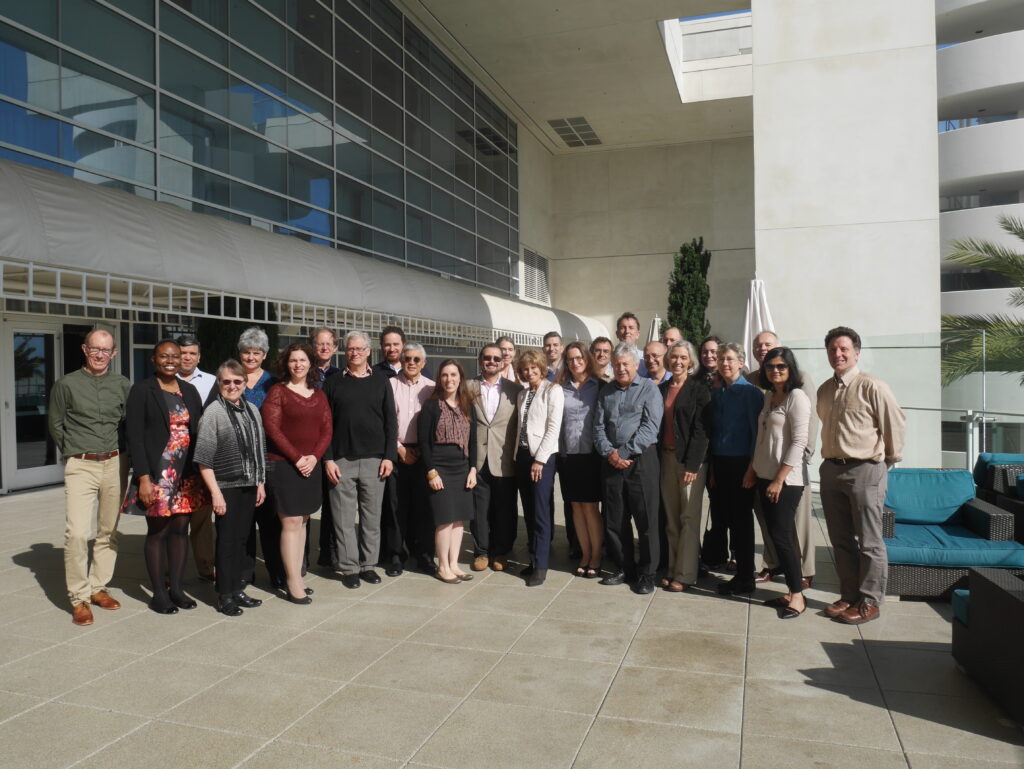As evidence continues to grow on the nutritional and health impact of biofortified crops, HarvestPlus is turning its attention to promoting a food basket approach—multiple biofortified crops—in target countries where the traditional diet consists of diverse, biofortifiable crops. A recent meeting brought together researchers to map a strategy to measure the nutritional and health benefits of such an approach, as Research Assistant Alexandra Ruth recounts in this blog post.
At the beginning of April 2016, experts in nutrition and public health met in San Diego, USA, for a consultation meeting convened by the HarvestPlus Nutrition Unit. The experts discussed a research agenda for determining the population-level health and nutrition benefits that could be gained from the deployment of multiple biofortified crops in a country. Attendees’ affiliations were diverse both institutionally and geographically, representing organizations such as the World Health Organization, Micronutrient Initiative, and the Johns Hopkins Bloomberg School of Public Health and traveling from localities such as Australia and West Africa.
The packed room—more than 20 experts in attendance—demonstrated the commitment and enthusiasm of the participants. To kick off the meeting, researchers from GroundWork presented results from a literature review and meta-analysis of the effects of single and multiple micronutrient interventions within the 1,000 days period (preconception to early childhood) on child health outcomes. In the avid discussion that ensued, the experts highlighted the potential of biofortified crops to benefit an even broader range of demographic groups, and they moved forward with fleshing out a research agenda for determining the population-level impact of multiple biofortified crops.
The meeting fostered lively discussions that went well beyond the scope of the meta-analysis. The experts discussed and debated how a multiple-crop intervention could feasibly be delivered, the target populations to consider for studying impact, and what indicators could best demonstrate the impact of consuming increased amounts of micronutrients delivered by biofortified crops over a long period of time.
They identified a two-phase research plan, with the first phase involving feasibility work on multiple biofortified crop interventions. The second phase would involve conducting a trial to test the impact of a multiple-crop intervention on narrowing multiple micronutrient intake gaps and improving specific outcomes in populations with a high prevalence of deficiencies.
As HarvestPlus moves forward with plans for a large-scale multicrop intervention trial, it is bolstered by the clear and strong support that biofortification has among the global nutrition community.
